Fanconi Anemia and Oxidative Stress: Mechanistic Background and Clinical Prospects
Fanconi Anemia (FA), a rare genetic disease featuring excess cancer risk and chromosomal instability, has received growing interest after the discovery that one of the defective genes in FA is associated with high-impact diseases such as familial breast cancer and ovary cancers. A well-documented relationship has accumulated in several decades and up to recently, studies have linked FA with a redox imbalance (oxidative stress, OS) in FA cells. The toxicity mechanisms of crosslinking agents (mitomycin C and diepoxybutane) in FA cells, along with the roles of OS-related aldehydes and glutathione in FA and in other diseases, are critically discussed. Also discussed is the proinflammatory state in FA phenotype. Additionally, recent studies have discovered an impairment in the structure and function of mitochondria in FA cell lines, while mitochondrial dysfunction in FA patients has so far been an unexplored field warranting ad hoc investigations. This book provides the readers with up-to-date information and perspectives on Fanconi anemia and oxidative stress that may prompt further elucidation of this intriguing disease, along with working hypotheses in clinical research and patients' management.
{{comment.content}}
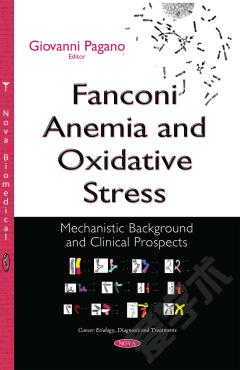
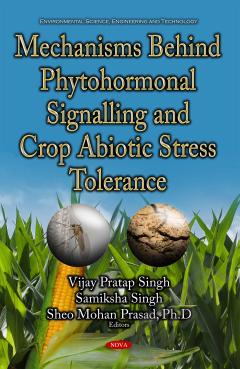
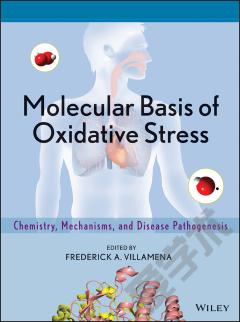
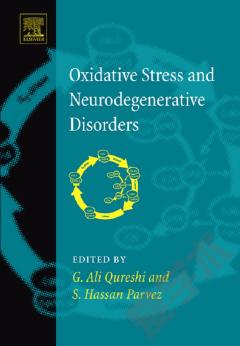

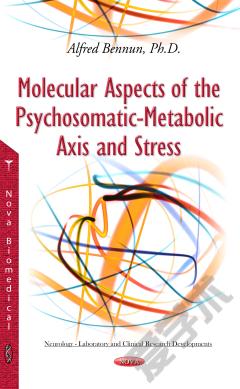
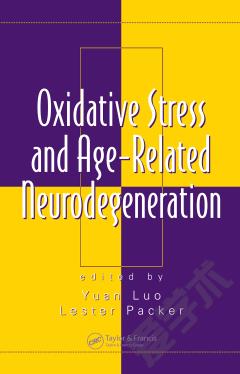

 京公网安备 11010802027623号
京公网安备 11010802027623号